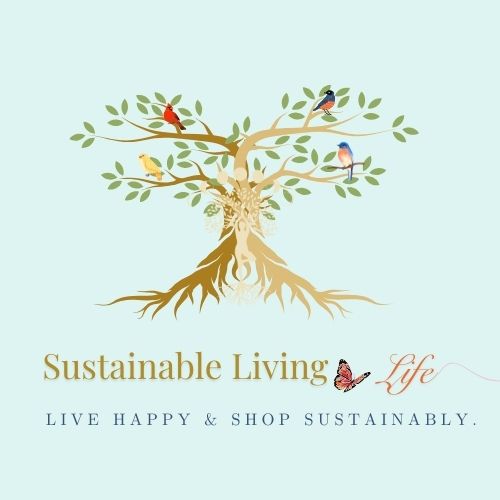
Eco-friendly straws: small changes that will make huge impacts!
Share
The Hidden Cost of Convenience: Why It's Time to Ditch Plastic Straws
Why Plastic Straws Are a Major Environmental Threat
Plastic straws have become a major environmental issue in recent years due to their negative impact on the environment. They are not biodegradable and can take hundreds of years to decompose, which means they end up in landfills or in the ocean, where they can cause harm to wildlife. As plastic straws break down into smaller pieces, they release toxic chemicals into the environment, contributing to air pollution and environmental degradation.
The use of plastic straws has become so widespread that it has become a global problem. In the United States alone, it is estimated that over 500 million plastic straws are used every day. This staggering number translates to billions of plastic straws being discarded every year, contributing to the growing problem of plastic waste in the environment.
Plastic straws also contribute to the carbon footprint of the world. The production of plastic straws requires significant amounts of energy and resources, which leads to the release of greenhouse gases into the atmosphere. Additionally, the transportation and disposal of plastic straws also contribute to the carbon footprint of the world.
Furthermore, plastic straws pose a significant threat to wildlife. Marine animals, such as sea turtles and seabirds, often mistake plastic straws for food and ingest them. This can lead to choking or entanglement, which can be fatal. Plastic straws also contribute to the pollution of oceans and waterways, which can have a devastating impact on marine ecosystems.
Eco-Friendly Alternatives: What to Use Instead of Plastic
Using eco-friendly straws instead of plastic straws can help to mitigate the negative impact on the environment. Eco-friendly straws are typically made from biodegradable materials, such as bamboo, paper, or metal. These materials can decompose naturally and do not cause harm to wildlife. By using eco-friendly straws, we can reduce the amount of plastic waste that ends up in landfills and oceans.
Furthermore, using eco-friendly straws can help to reduce our carbon footprint. The production of plastic straws contributes to greenhouse gas emissions, which are a major contributor to climate change. By using eco-friendly straws, we can reduce our reliance on plastic and help to reduce our impact on the environment.
The movement to ban or reduce plastic straw usage has already gained traction in cities and countries around the world. From corporate giants to local cafés, businesses are stepping up to eliminate single-use plastics in favor of more responsible alternatives. This growing momentum reflects a broader cultural shift—one that recognizes the urgent need for environmental responsibility and places sustainability at the heart of everyday decision-making.
Beyond individual choices, adopting eco-friendly straws also sends a powerful message of collective action. Every time a reusable or biodegradable straw replaces a plastic one, it becomes part of a larger narrative: that small changes, multiplied by millions of people, can create real, measurable change. By making conscious choices today, we not only reduce harm but also inspire future generations to embrace sustainability as a way of life.
In conclusion, the use of plastic straws has become a global problem that poses a significant threat to the environment and wildlife. By using eco-friendly straws instead of plastic straws, we can help to mitigate the negative impact on the environment and reduce our carbon footprint. It is important to change our behavior and make small changes like using eco-friendly straws to protect the planet and create a more sustainable future.
Witten by
My Nguyen
